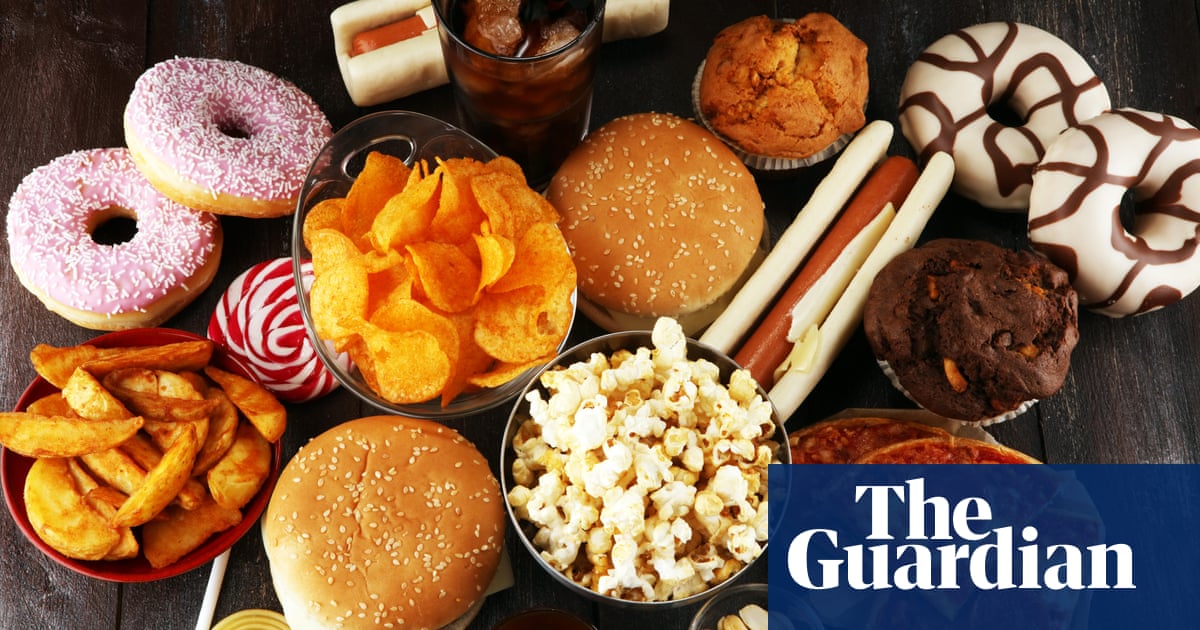Consuming large amounts of ultra-processed food (UPF) increases the risk of an early death, according to a international study that has reignited calls for a crackdown on UPF.
Each 10% extra intake of UPF, such as bread, cakes and ready meals, increases someone’s risk of dying before they reach 75 by 3%, according to research in countries including the US and England.
UPF is so damaging to health that it is implicated in as many as one in seven of all premature deaths that occur in some countries, according to a paper in the American Journal of Preventive Medicine.
They are associated with 124,107 early deaths in the US a year and 17,781 deaths every year in England, the review of dietary and mortality data from eight countries found.



The NOVA classifications are difficult to work with, and I think the trend of certain nutrition scientists (and the media that reports on those scientists’ work) have completely over-weighted the value of the “ultra processed” category.
The typical whole grain, multigrain bread sold at the store qualifies as ultra-processed, in large part because whole grain flour is harder to shape into loaves than white flour, and manufacturers add things like gluten to the dough. Gluten, of course, already “naturally” exists in any wheat bread, so it’s not exactly a harmful ingredient. But that additive tips the loaf of bread into ultra processed (or UPF or NOVA category 4), same as Doritos.
But whole grain bread isn’t as bad for you as Doritos or Coca Cola. So why do these studies treat them as the same? And whole grain factory bread is almost certainly better for you than the local bakery’s white bread (merely processed food or NOVA category 3), made from industrially produced white flour, with the germ and bran removed during milling. Or industrially produced potato chips, which are usually considered simply processed foods in category 3 when not flavored with anything other than salt, which certainly aren’t more nutritious or healthier than that whole wheat bread or pasta.
If specific ingredients are a problem, we should study those ingredients. If specific combinations or characteristics are a problem, we should study those combinations. Don’t throw out the baby (healthy ultra processed foods) with the bathwater (unhealthy ultra processed foods).
And I’m not even going to get into how the system is fundamentally unsuited for evaluating fermented, aged, or pickled foods, especially dairy.
Absolutely correct. This classification system points the finger at things that everyone (read: everyone who had a semblance of nutritional education) knows are bad for you, but then lumps in things like bread and cheese with them! So of course people who don’t know much better hear this, they’ll think “well if bread and cheese are just as bad for you as Cheetos, of course I’m getting the Cheetos, they’re delicious”.
I feel like this is an area of “science” that’s just a mish mash of various corporate lobbying.
We’ve been doing that for years, and the result on public health has been fad diets and “superfoods”. Focusing on ultra processed foods specifically calls out the obvious problem - we were significantly healthier before these foods were invented, and are less healthy after. The categories for processed-ness are necessarily arbitrary, since we have to decide what constitutes “processed”, and so sometimes relatively healthier food ends up appearing “worse” than less healthy food. But the end result is the headline above, which can be pointed to the hundred billion times it must be pointed to, in order to convince people that they should not eat a diet consisting of Doritos, mountain dew, slim jims, and ice cream.
But what confounding variables have also increased during this time? Do we have endocrine disruptors in our drinking water or food packaging or in the foods themselves, from microplastics or whatever? Have we been fertilizing our fields with industrial waste containing toxic “forever chemicals”? Have we become more sedentary at home and at work? I mean, probably yes to all of these.
I do believe that nutrition is more than simple linear addition of the components in a food. But insights can still be derived from analyzing non-linear combinations (like studying the role of fiber or water or even air in foods for the perception of satiety or the speed that subject ingest food), or looking towards specific interactions between certain subsets of the population with specific nutrients. We can still derive information from the ingredients, even if we move past the idea that each ingredient acts on the body completely independently from the other ingredients in that food.
And look, I’m a skeptic of the NOVA system, but actually do appreciate its contribution in increasing awareness of those non-linear combinations. But I see it as, at most, a bridge to better science, not good science in itself.
I believe nutrition is quite simple: Eat real food. That will get you 90% of the way there, if you are an average person who just wants to be healthy.
deleted by creator
Some bread is treated with stuff one would ordinarily not want to eat.
So why not focus on the foods containing that stuff, rather than the superficial resemblance of all foods that kinda look like the foods that contain that stuff?
Let’s say you have a problem with potassium bromate, a dough additive linked to cancer that remains legal in U.S. bread but is banned in places like Canada, the UK, the EU.
So let’s have that conversation about bromate! Let’s not lump all industrially produced breads into that category, even in countries where bromate has been banned.
Another cancerous item is sodium benzoate. I use it to make photos. It reacts with UV light in gelatin to cause the gelatin to harden up. That same effect is what give you cancer. Its the free radicals generated during UV exposure.